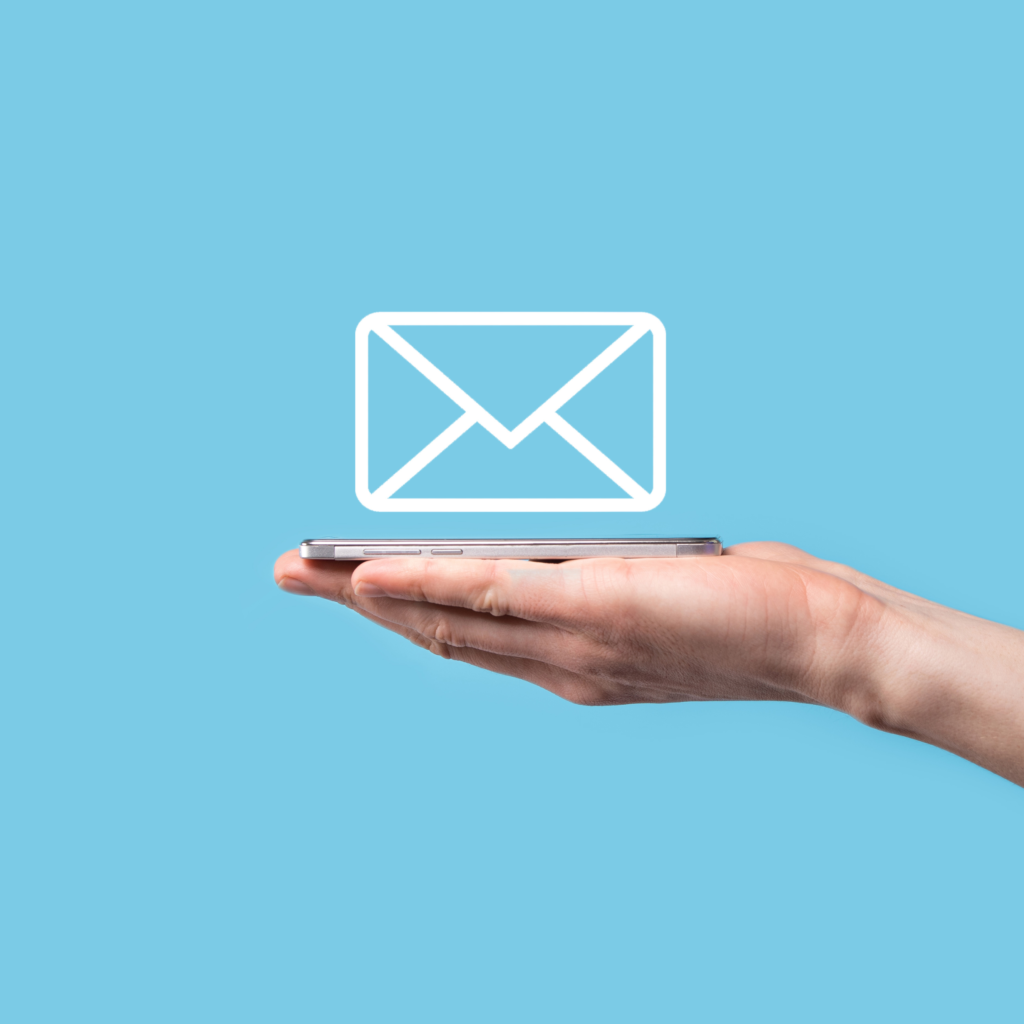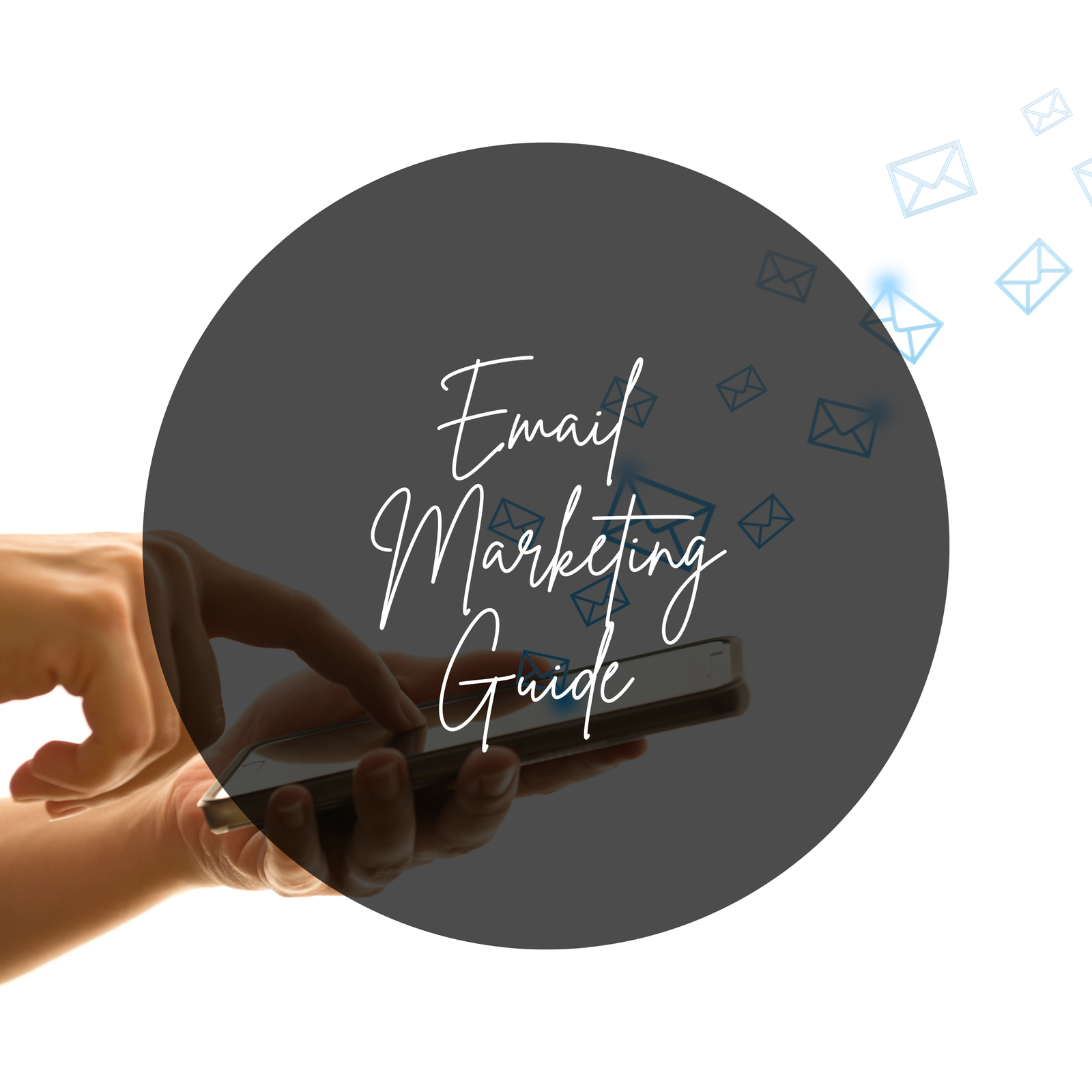Email marketing is one of the most powerful tools in digital marketing. Understanding how to leverage email marketing is one of the superpowers you need to drive engagement and sales for your brand. With this superpower, you can create successful email campaigns.
Email marketing involves sending promotional content, updates, or newsletters to a targeted group via email. The objective of email marketing is to foster relationships and drive business goals.
Are you curious to learn more about how to effectively use email marketing for your business? Read on to discover the benefits, types, and best practices that can help transform your email strategy and yield positive results.
What is Email Marketing?

Email marketing is the technique of using emails to promote products, services, or build relationships with customers. Imagine it as a friendly knock on the digital door of your audience, offering valuable content, special offers, and updates.
This approach is an important part of digital marketing strategies because it’s aimed at reaching customers directly in their inboxes, allowing your business to communicate personally and effectively.
Key components of successful email marketing campaigns include a clear strategy, well-segmented email lists, compelling content, and analytics to track performance metrics.
Pros of Email Marketing
Email marketing offers several advantages:
- Cost-effective: Surprisingly, email marketing is inexpensive.
- Targeted messaging: You can segment your audience and tailor messages to specific groups, increasing relevance and engagement.
- Measurable: With robust analytics, you can track open rates, click-though rates, and conversions to understand what works and what doesn’t.
- High Return on Investment (ROI): Email marketing is known for its high ROI. Every dollar spent on email marketing can yield a significant return.
Cons of Email Marketing
Email marketing also has its challenges:
- Spam issues: If not executed correctly, emails stand a high chance of ending up in spam folders or, worse, annoying recipients.
- Deliverability: Ensuring that emails reach the inbox can be tricky due to strict spam filters.
- Overcrowded inboxes: With so many companies using email marketing, standing out in a crowded inbox can be challenging.
8 Types of Email Marketing

Now that we’ve got the basics out of the way, let’s look at the different types of emails and how you can use them:
- Welcome emails: These emails welcome your potential customer to your brand and encourages them to learn more about your services or products.
- Promotional emails: These are sent to your existing customers to promote special offers, limited-time offers, new product releases, or upcoming events.
- Transactional emails: These are triggered by customer actions, such as order confirmations o password resets.
- Newsletter emails: These are great for providing regular updates about your brand to your audience, including helpful content from your website, new products or services, and more.
- Lead nurturing emails: These consist of an automated series of emails sent over a period of time and come in the form of email drip campaigns. These are designed to nurture leads towards conversion or onboard new customers.
- Invitation emails: These emails announce upcoming events, webinars, seminars, and new product launches.
- Confirmation emails: These emails are sent to customers who have signed up for a newsletter or who have made their first purchase. It informs customers that their information has been received.
- Survey emails: These emails gather feedback and insights from your audience about their experience with your products or services, interests, demographics, and more.
Best Practices
To leverage the superpower of email marketing, consider the following best practices:
- Make it personal: Use the recipient’s first name and tailor the content to their interests.
- Write compelling subject lines: Write catchy subject lines that encourage recipients to open the email.
- Optimize emails for mobile: Ensure emails look great on mobile devices because a huge portion of users check emails on their phones.
- Create a clear Call-to-Action (CTA): Every email should have a clear and concise CTA to drive the desired outcome.
- Perform A/B testing: Test different elements of your emails to see what works best and continually improve your strategy.
FAQs
How often should I send emails?
It depends on your audience and goals. Weekly newsletters work for some, while others prefer monthly updates.
How do I build an email list?
Use sign-up forms on your website, offer incentives for joining, and leverage social media to attract subscribers.
What’s the best time to send emails?
This can vary, but generally, mid-week mornings are a good starting point. Testing different times can help you find the optimal schedule for your audience.
How do I avoid the spam folder?
Use a reputable email service provider, avoid spammy language, and ensure your recipients have opted in to receive your emails.

